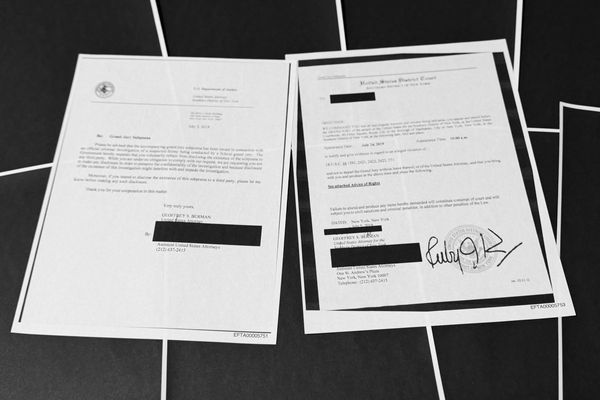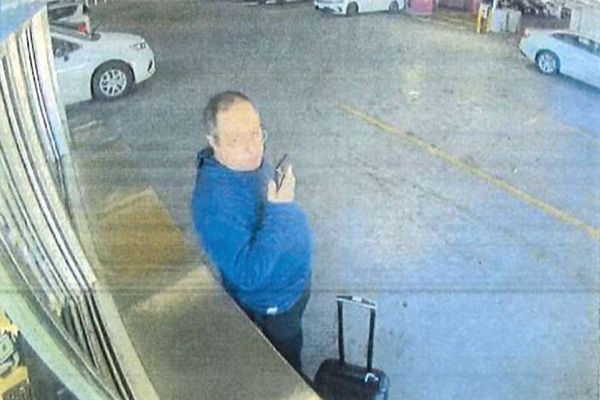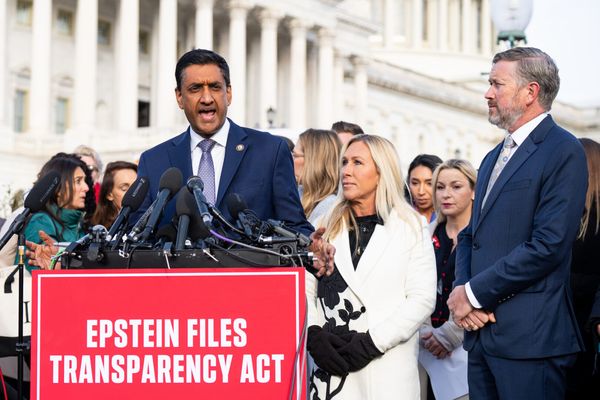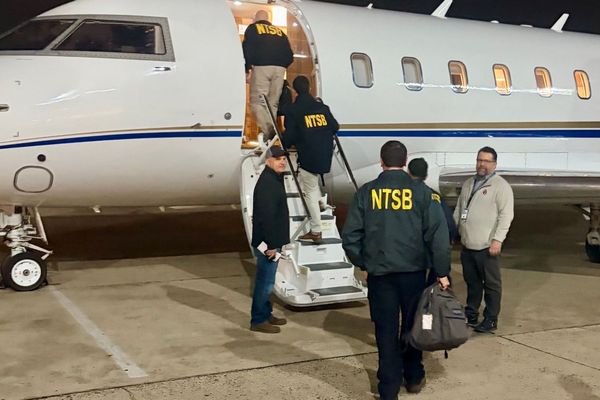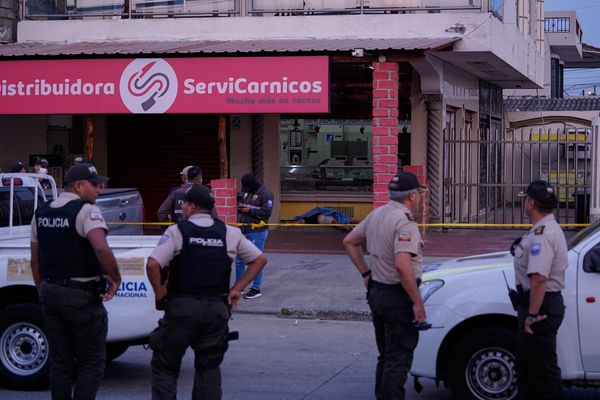Amid a massive search for the gunman who on Wednesday fatally shot 31-year-old MAGA activist Charlie Kirk, speculation continues to swirl about the person of interest now in the FBI’s sights.
In a screengrab from security camera footage released Thursday by the bureau, which is asking for the public’s help in identifying the possible suspect, a dark-haired young man in jeans, sneakers, black sunglasses, a black hat, and a black longsleeved T-shirt with an American flag and a bald eagle across the front can be seen walking up a set of outdoor stairs on the campus of Utah Valley University.
The single shot that struck Kirk in the neck as he spoke at a rally is thought to have been fired from a bolt-action rifle atop a low-rise building roughly 200 yards away. Without any further official information available to the public, armchair detectives have been busily exchanging theories to fill the vacuum.
A “professional hit,” argued one lay sleuth. Others confidently insist that the shooter was, variously, a “military trained sniper,” a “military expert sniper” and a “possibly disgruntled ex military sniper.”
Or, perhaps not necessarily a veteran, but surely someone with “extensive professional sniper training,” someone else declared on social media.
“He didn’t have to be highly trained as a sniper to make that shot from 200 yards, because 200 yards with the right rifle and the right optics is not that far,” former FBI Supervisory Special Agent Dennis Franks told The Independent.
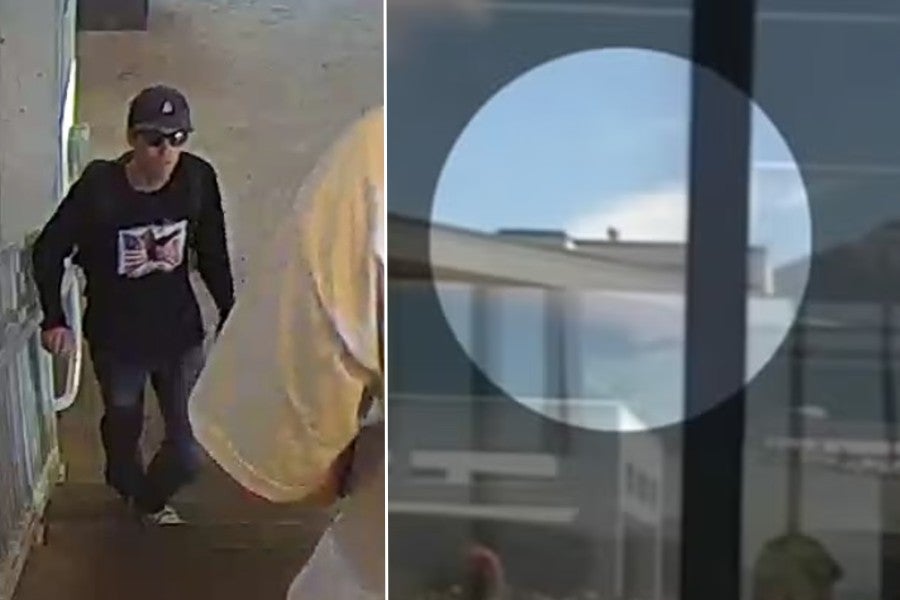
However, Franks went on, making that 200-yard shot is significantly different at a gun range, under tightly controlled conditions, than it is in the real world.
“To do it under the stress of a live situation, he was either skillful or lucky,” Franks said. “First, you have concerns about being detected, or getting shot yourself [by police]. But other factors come into play. Breathing is so important when it comes to taking a long-distance shot with a rifle. It requires a lot of confidence also – can you tackle that shot? Are your hands sweaty? Your heartbeat. You have to control your breath. So, there’s that.”
Still, this doesn’t tell Franks that the shooter necessarily had any sort of specialized training. But it does appear to offer a potential glimpse into his thinking.
“You’d think the fact that he was able to accomplish this without the fear of being detected or caught is some indication of his mindset, that he was on a mission,” Franks said, adding: “Sometimes it’s a personal ideology or grudge; other times it could be a malcontent looking for a cause.”
Luke Laterza, a retired police sergeant and expert firearms examiner, who ran the Newark PD’s ballistics lab until 2016, largely echoed Franks’s take on things.
“As far as a skill level, he did know what he was doing,” Laterza told The Independent. “This guy had some knowledge of shooting.”
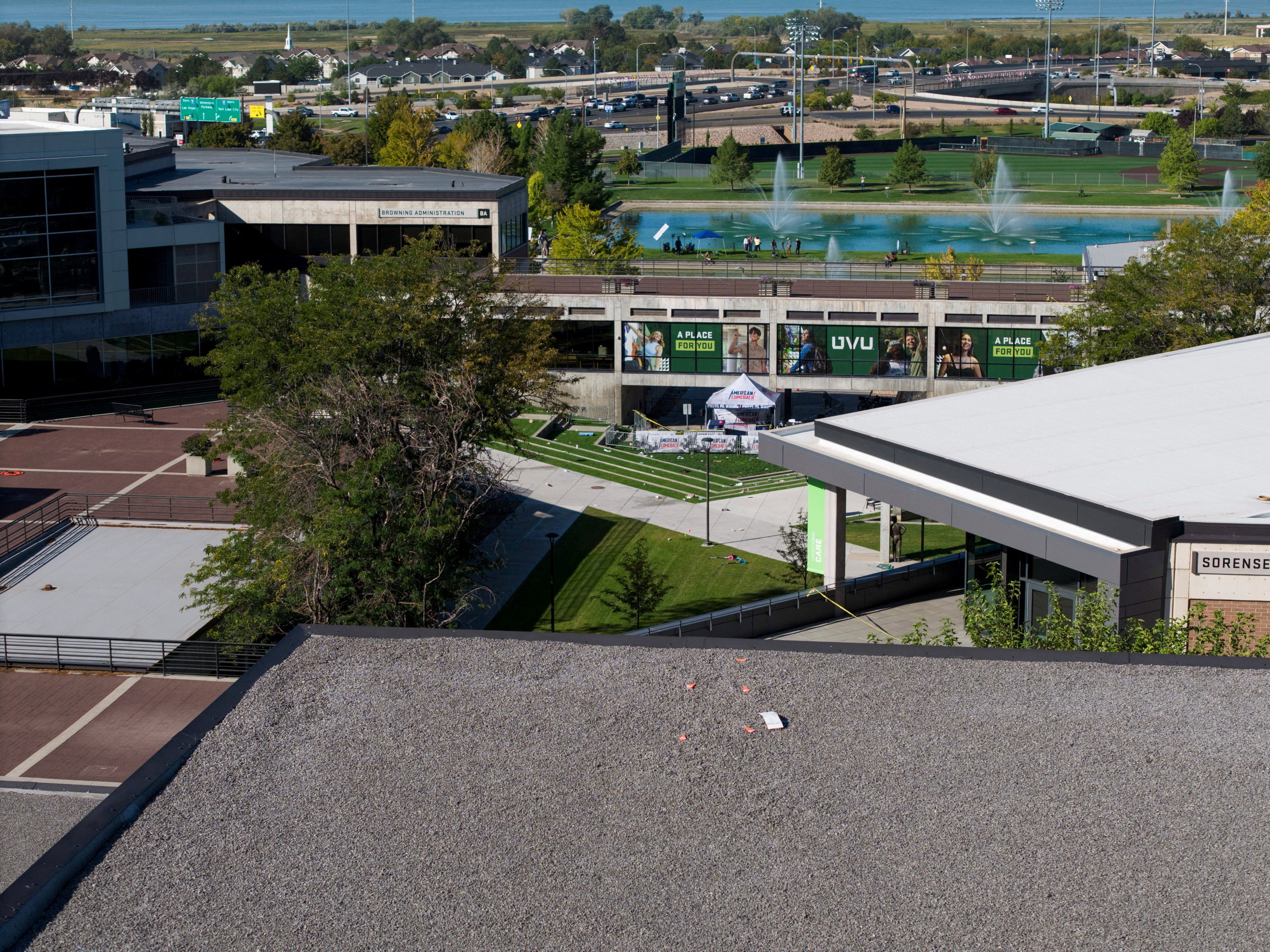
So while this could indicate a military background, it’s not actual evidence of anything, according to Laterza, who thinks the shooter was aiming for Kirk’s head but that his shot was low.
“Maybe he was a hunter,” Laterza said. “Maybe he took some lessons.”
If the scope is properly zeroed in, the type of rifle the possible suspect used “could easily make that shot at well over 1,000 yards,” said Laterza, who added that wind would not have been much of a factor with a heavy round.
“You hold your breath, you let it out a little bit at a time, you get your light trigger-pull – if you overpull your trigger, you’re going to miss every time,” Laterza said. “He knew the gun he was using.”
An investigation like this begins with certain very broad strokes, according to retired NYPD Detective Sergeant Joseph Giacalone, onetime commander of the Bronx Cold Case Squad.
On Thursday, Giacalone, who is the author of a textbook used by professional investigators as well as an assistant professor at New York City’s John Jay College of Criminal Justice, described the process now underway.
“The first thing you would do is a dump of all the surveillance cameras in the area,” Giacalone told The Independent. “Look at who’s going in and going out. How do you get access to the roof? Card? Code? Swipe? Get cellphone data from the local towers. They know what kind of round it is, so ATF [the Bureau of Alcohol, Tobacco, Firearms and Explosives] is going to run the ballistics. Are they able to tell where that round was purchased, etc? They recovered the gun; I’m sure it has been swabbed for touch DNA.”
A local door-to-door canvass is another early step, and Giacalone said this must include area hotels, nearby shooting ranges where an employee might have noticed a new face, and, of course, gun stores.
“Maybe somebody went to the gun store to buy rounds and was asking questions that maybe at the time didn’t seem obvious, but now that you had this incident, might seem obvious,” Giacalone said. “It doesn’t mean there’s a nexus to all of these, but they’re investigative steps being taken. You turn over every stone when you have no idea who your suspect is.”
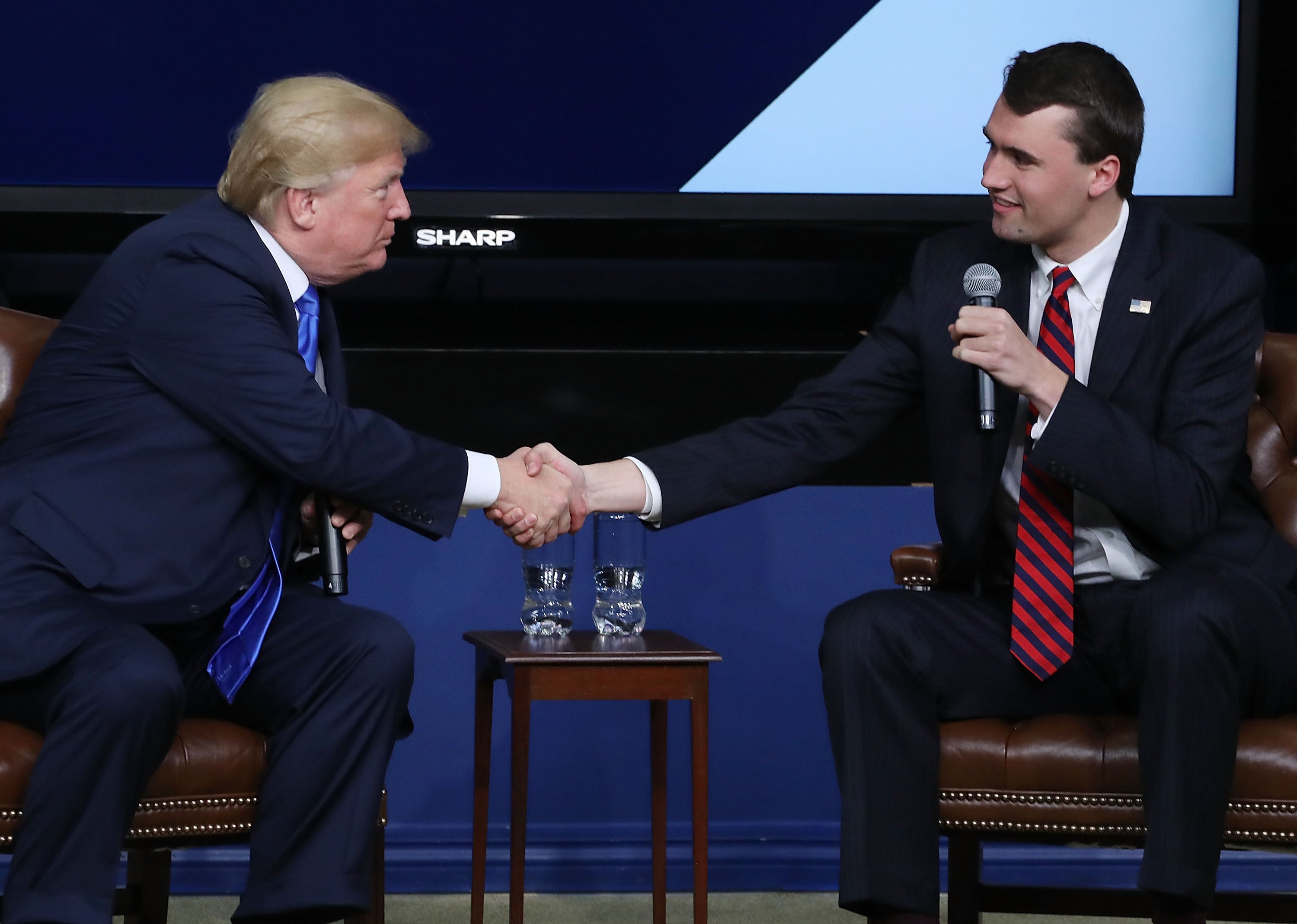
Attendee Justin Hicken was standing about 20 yards away from Kirk when he was killed, and described the experience as “pretty scary stuff.”
In an interview on Wednesday with The Independent, Hicken described what happened when the single shot rang out.
“I saw blood spurting from Charlie, his body kind of recoiled, everybody started screaming,” Hicken said.
There were no metal detectors at the entrance to the event, according to Hicken. That, said Franks, is almost surely going to be part of a wholesale change in security operations going forward.
Event security takes into account three distinct zones when protecting a subject, or the “principal”: five meters, 50 meters, and 500 meters, Franks explained. At a distance of five meters, close-protection bodyguards keep watch over the principal. The 50-meter zone covers the crowd, and monitoring it for anything suspicious. And at 500 meters, event security is trying to protect against a possible sniper shot, making sure a gunman isn’t perched on a rooftop, according to Franks.
“This could be a catalyst for increasing security at a lot of venues, and for people with some notoriety,” he said. “You have to take a lot of things into account. Not just close protection.”
An arrest will come eventually, perhaps sooner rather than later, said Giacalone, who emphasized the importance of tips called in by the public.
“Right now, you have an assassin out there on the street,” he said. “Nobody wants this guy running around. The likelihood of somebody having seen something, I always used to say, even if you don’t think it’s a big deal, let us know. And we’ll determine if it is or not.”

